
-
![Tjörnin Lake, Reykjavik, Iceland]() Provided by: RPBaiao / Shutterstock.com
Provided by: RPBaiao / Shutterstock.com
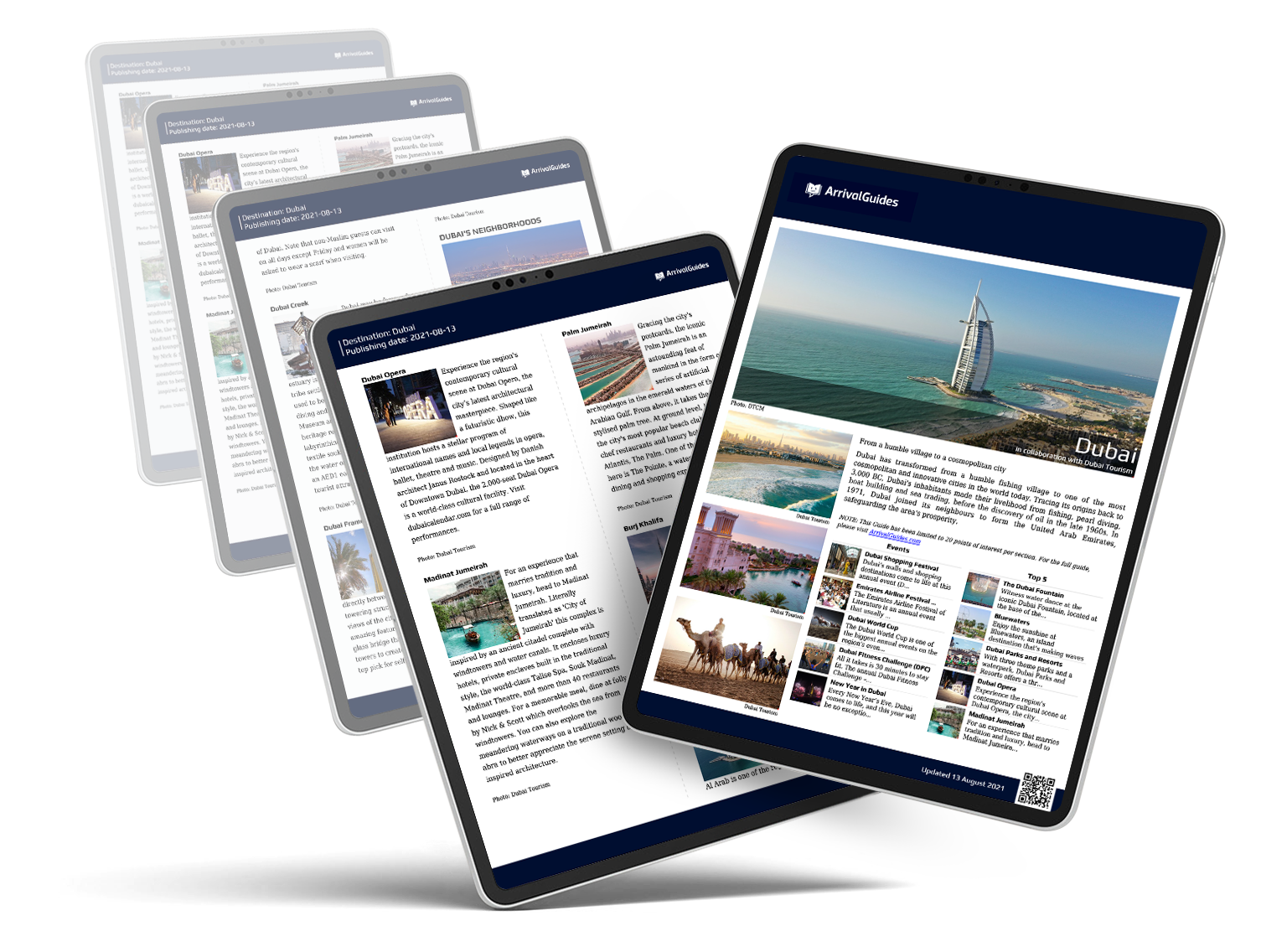
Our travel guides are free to read and explore online. If you want to get your own copy, the full travel guide for this destination is available to you offline* to bring along anywhere or print for your trip.
*this will be downloaded as a PDF.Price
€4,95
Tjörnin — The Lake
The guide was updated:Tjörnin is a small lake in the city centre. Most visitors to the city pass along its shore, next to the Reykjavík City Hall and several museums. Locals love coming here to feed ducks and swans.
Useful Information
- More Info: Tjörnin means "the lake" or "the pond"
Digital Travel Guide Download
Our travel guides are free to read and explore online. If you want to get your own copy, the full travel guide for this destination is available to you offline* to bring along anywhere or print for your trip.
*this will be downloaded as a PDF.Price
€4,95

Hallgrímskirkja is an iconic part of Reykjavík's skyline and at 74.5 metres tall, it is one of the tallest structures in the country.
The gigantic church on the hill was a controversial project, but Icelanders have come to embrace their monumental tower in all its brutalist glory. The concrete mountain which took over 40 years to construct was inspired by the unusual columnar basalt formations along Iceland’s coast.
You can admire the building inside and outside, go to the top of the tower to catch the view or attend an organ concert.
The church is named after Hallgrímur Pétursson — a 17th-century minister and poet who wrote the 'The Passion Hymns'. The book remains popular to this day.
Read more
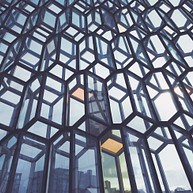
Harpa
One of Reykjavík's most iconic landmarks and a must-visit while in Iceland is Harpa, the city's concert hall and conference centre, as well as home to the Icelandic Opera and the Icelandic Symphony Orchestra.
Located by the old harbour, near the centre of Reykjavík, this striking bit of contemporary architecture boasts a glass facade, which covers the entire building featuring honeycomb panels, which change colours during the day as they reflect the sky and the ocean. At night, a light show makes the building look even more magical.
Read more
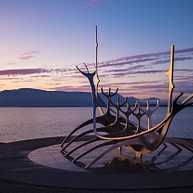
Sun Voyager
On the waterfront, only a few minutes from Harpa sits the most famous sculpture in Iceland, the Sólfarið or the Sun Voyager.
Made of steel and resembling a Viking ship — although this was not the artist's intention — the Sun Voyager is, according to its creator Jón Gunnar Árnason, an ode to the sun, a dreamboat symbolising the promise of undiscovered territory, the dream of hope, progress, and freedom.
This is also one of the best spots for a picture in Reykjavík, with Mount Esja providing the perfect backdrop.
Read more

The Blue Lagoon
The Blue Lagoon is without a doubt the most well-known geothermal spa in Iceland. The signature milky-blue water makes a stark contrast to the surrounding black lava fields and creeping grey moss. The spa is located in a lava field near Grindavík and is supplied by water used in the nearby Svartsengi geothermal power plant. The water temperature stays at 39°C year-round, snowfall or sunshine.
Most visitors make the spa their first or last stop, since it's conveniently located only 15 minutes from the Keflavík International Airport (and around 30 minutes from the capital city). If you are buying a tour, it makes most sense to combine the spa visit with the Golden Circle day trip.
Bookable
Read more

See Iceland's Northern Lights
Watching the northern lights or aurora borealis dance across the sky is, without a doubt, on the bucket list of most travellers visiting Iceland. Although there are no guarantees that you will see them on your visit, with luck and some planning, there is a high chance of catching this spectacular display.
You can spot the northern lights in the Icelandic skies from late August through May, but the peak season to witness this stunning natural phenomenon is between October and April.
Bookable
Read more

Take a Walk with a Viking
Walking tours are great options if you want to quickly orient yourself in a new city within 2–3 hours and meet a couple of fellow travellers. Your Viking guide will make sure you don't walk past any hidden gems and tell you stories of the Vikings, elves and modern-day Icelanders.
Some tours might include lunch, others — booze. It's up to you how to stay warm.
Bookable
Read more

The Golden Circle Route
Simply put, Iceland’s famous Golden Circle is a popular route between three of the island's most visited attractions. Usually done as a day trip, the route starts in Reykjavík and takes you south and inland, to the Þingvellir National Park. There you enter the Geyser geothermal area with the Strokkur Geyser being the most eager of the bunch. Finally, you arrive at to the 32-metre tall Gullfoss waterfall in the canyon of the roaring Hvítá river.
Many tour agents and travellers themselves like to make extra stops along the way to see a geothermal power plant or spend a few hours at one of the spas.
You could rent a car and drive between the landmarks at your own speed. In summer, you could even use the long daylight hours to avoid the crowds that tend to come earlier in the day. If you can pick your own route, don't miss the Kerid Crater Lake — a scenic lake that occupies a 3,000 years old volcanic crater that you can easily reach on foot.
Bookable
Read more
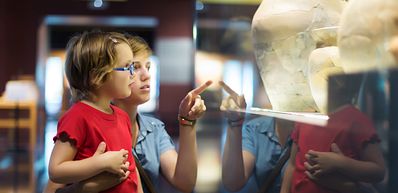
Icelandic Phallological Museum
The Icelandic Phallological Museum houses the world's largest display of penises and penile parts. It's really one-of-a-kind. It succeeds in striking the fine balance between casual, bawdy fun and the analytical, scientific seriousness of a museum. At times you'll be a little uncomfortable, other times you'll laugh (it's encouraged), but in the end you'll learn a lot.
The museum stays open longer than most other attractions in the capital, so it makes for a good evening activity and a nice change of pace compared to most of the other activities we did in Iceland.
Read more

Perlan — The Pearl
Perlan is an otherworldly creation with a viewing platform and a revolving restaurant on top of water storage tanks. Apart from the glass-domed restaurant, the complex hosts an exhibition space, a planetarium and an observation deck.
Read more
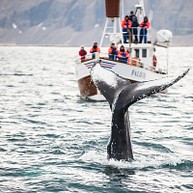
Whale Watching
Watch minke, humpback and killer whales, seals and dolphins on one of the many whale-watching tours that depart from Reykjavík. You are not guaranteed a close encounter with these magnificent mammals, but it will be a fun ride either way.
Bookable
Read more

Tjörnin — The Lake
Tjörnin is a small lake in the city centre. Most visitors to the city pass along its shore, next to the Reykjavík City Hall and several museums. Locals love coming here to feed ducks and swans.
Read more
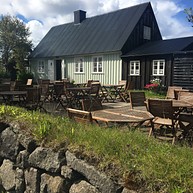
Árbær Open Air Museum
Árbæjarsafn is the historical museum of the city of Reykjavík, which aims to give visitors an idea of Icelandic architecture (including the fascinating turf houses) and the lifestyle on the island in the past. If you're lucky, you can catch a free guided tour at 1pm.
Bookable
Read more

Reynisfjara Black Beach
The onyx black sand of Reynisfjara is formed from volcanic activity in Iceland: when lava collides with the ocean, it rapidly cools and shatters into small fragments of basalt. With its enormous basalt stacks (features in Game of Thrones and once believed to be petrified trolls), roaring Atlantic waves and stunning vistas, Reynisfjara is widely considered to be the most beautiful example of Iceland’s black sand beaches.
The sea stacks along the shore are home to thousands of nesting seabirds like puffins, fulmars and guillemots — a must-see for birdwatchers.
A visit to Reynisfjara is included in most tours of southern Iceland. Driving here is a good option, too, since it's only about 180 km from Reykjavík.
Bookable
Read more

Reykjavík Art Museum
Spread over three different buildings, Hafnarhús, Kjarvalsstaðir, and Ásmundarsafn, the Reykjavík Art Museum focuses on modern and contemporary art, featuring works of some of Iceland's most famous artists. It is also committed to showcasing new talents.
*1st location – Hafnarhús:
Tryggvagata 17, Reykjavík
Open Mon–Wed & Fri–Sun 10am–5pm, Thu 10am–10pm.
*2nd location – Kjarvalsstaðir:
Flókagata 24, Reykjavík
Open daily 10am–5pm.
* 3rd location – Ásmundarsafn:
Sigtúni, 105 Reykjavík
Open daily May–September 10am–5pm, October–April 1pm–5pm.
Bookable
Read more
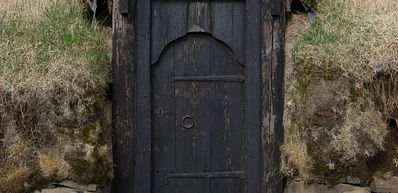
The Settlement Exhibition
The Settlement Exhibition is based on the archaeological excavation of the ruin of one of the first houses in Iceland and findings from other excavations in the city centre. These archaeological remains turned out to be the earliest evidence of human settlement in the city, with some dating to before AD 871. It's a comprehensive display that covers Iceland's settling, culture, language and genomics.
Bookable
Read more

Reykjavík Park & Zoo
Along with some 150 animals from 19 different Icelandic species, including seals, foxes and reindeers, the zoo also features an amusement park with rides and activities, and offers visitors the chance to ride an Icelandic horse. This is the ideal place for a day out with the family.
Read more
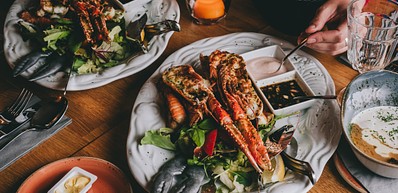
Reykjavík Food Walk
If you don't want to settle on just one restaurant, jump head first into Reykjavík's foodie scene with a food tour. You'll stop by several nice eateries ranging from restaurants to food trucks, and sample a selection of traditional dishes and modern street food. Try local cheeses, lamb, artisanal ice cream, and the famous Icelandic hot dogs — an addictively delicious staple. Photo ops and tasty bites will be around every corner.
Bookable
Read more

National Museum
A comprehensive picture of the Icelandic history from the Settlement to the present day. The museum holds up to three thousand objects. Among them you'll find most of the most treasured objects of the Icelandic nation.
Read more
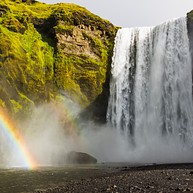
Skógafoss
The Skógá River, in the south of Iceland, forms one of the country’s biggest and most majestic waterfalls. Flowing directly from two glaciers, Eyjafjallajökull and Mýrdalsjökull, Skógafoss has a width of 25 metres (82 feet) and a drop of 60 metres (197 feet). Due to the amount of spray it consistently produces, a rainbow is always visible on sunny days. Climb to the top of the Skógafoss waterfall to be rewarded with a breathtaking view over the country's southern coastline.
Bookable
Read more

Jökulsárlón Glacier Lake
Jökulsárlón is a glacial lagoon, bordering Vatnajökull National Park in southeastern Iceland. Its still, azure waters are dotted with icebergs. In winter, the fish-filled lagoon hosts hundreds of seals. You can see them gracefully zooming between the ice, while skuas dominate the skies.
The Glacier Lagoon flows through a short waterway into the Atlantic Ocean, leaving chunks of ice on a black sand beach. Boat tours will take you all the way from Reykjavík, along the southern coast and into the lagoon.
Bookable
Read more

Snæfellsjökull National Park
Snæfellsjökull National Park is found on the tip of the Snæfellsnes Peninsula. It is named after its famous, glacier-capped volcano. Snæfellsjökull's twin peaks are visible across Faxaflói Bay from Reykjavík on clear days.
The coastline is also worth a visit. The beaches of Djúpalónssandur and Skarðsvík have mesmerising geology and interesting histories. The Lóndrangar basalt cliffs are perhaps the most dramatic and picturesque sight.
Bookable
Read more

Seljalandsfoss
The Seljaland River originates underneath the Eyjafjallajökull glacier — the same glacier that covers the eponymous volcano that shut down European air travel back in 2010. The river makes a 60-metre drop that creates the spectacular Seljalandsfoss. This waterfall can be fully encircled in the summer and photographed from numerous angles.
Seljalandsfoss is also usually visited alongside the nearby Skógafoss. Many tours depart from Reykjavík or you can drive yourself since the waterfall is conveniently located next to the Ring Road.
Bookable
Read more

DC3 Plane Wreck
The Super DC-3 aircraft crashed into Sólheimasandur back in 1973, thankfully leaving its seven crew members unharmed. Since then the empty husk of a plane has been left exposed to the elements, rusting away in constant humidity and cracking from constant freezes and thaws. The wreckage is a particularly beloved spot by local and visiting photographers thanks to its sparse and wild surrounding black sand landscape and its incredible visual contrast to the aircraft’s gnarled metal carcass.
To visit the plane wreck, you can join organised hiking, horse riding or ATV riding tours, take a bus or get there by yourself. Remember, that driving over the sands is considered to be driving off-road and carries heavy fines.
Lastly, the wreck is located pretty close to the village of Vík made famous after a popular Netflix series Katla.
Read more
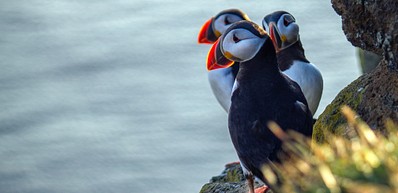
See Puffins in Their Natural Habitat
Home to the largest puffin population in the world, Iceland is the perfect place to get up close and observe these small, adorable birds in their natural habitat.
The best time to spot puffins in Iceland is between May to mid-August, and here are some of the best places to see them in the country: Akurey and Lundey (Lundey actually means Puffin Island), Westman Islands, Borgarfjörður Eystri, Látrabjarg, Ingólfshöfði Nature Reserve, Tjörnes Peninsula, Dyrholaey Peninsula, Grimsey Island, and Papey Island.
Bookable
Read more
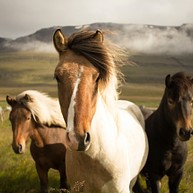
Horseback Riding
The Icelandic horses are sturdy and very strong, the direct descendants of the horses first brought to Iceland in the Viking Age. Horse riding tours are available in beautiful nature sites on the lava-laden outskirts of Reykjavík. The trips can be from one hour to a whole day or even longer.
Bookable
Read more

Thermal pools
Famously, Iceland is the land of ice and fire. The island sits on one of the earth’s 'hot spots,' and the abundant geothermal activity results in numerous waterfalls, lakes, and hot springs all over the island. The Blue Lagoon is the most famous place to lounge around in the hot water, but there are many other less popular and less crowded locations. Rent a car and go for a ride to Myvatn Nature Baths, the Secret Lagoon, GeoSea Sea Baths, Seljavallalaug, Grettislaug or the spectacular Hoffell Hot Tubs just to name a few.
Bookable
Read more

Nauthólsvík Geothermal Beach
Nauthólsvík and is one of the few places in Iceland where you can take a dip in the sea, which, in most of the other locations, is normally too cold for swimming. Here you can find a thermal beach in a small cove where hot water flows out into the sea and allows Icelanders and tourists to swim in the Atlantic. There are two hot tubs to if 15°–19°C in summer still too chilly for your.
Read more

Lake Mývatn
Mývatn is a volcanic lake with an area of 36.5 square kilometres in northern Iceland. Travellers head here to see the unique otherworldly landscape riddled with volcanic craters, natural hot springs (some suitable for bathing), boiling mud pots and fumaroles. The area's wealth of flora and fauna is marvellously picturesque.
The only settlement in the area is called Reykjahlíð and it has all the amenities you can expect from a small town, including an information centre for tourists. Cafes, restaurants, guesthouses and campsites are spread along the long coast of the lake.
Bookable
Read more


